Watch: Who was Guy Fawkes?
It's a pleasant evening.
They seem to be building some sort of stabby, torturey… with lots of sharp…
Oh dear.
I suppose that'll be for me.
Shut it, Fawkes!
The name's Guy Fawkes, friends call me Guido.
I've been put here, in the Tower of London, because I may have been a little bit… naughty.
You see, for a while now, Catholics like me have been treated rather badly simply because our Protestant King doesn't like what we believe.
SHUT IT!
So some friends and I thought if we… offed the King, then things might change.
We knew he'd be in Parliament on November 5, so we plotted to blow him sky high with a load of gun powder.
It was called the Gunpowder Plot.
Bit obvious really. Some of the gang realised that innocent people would be working in Parliament.
They started having second thoughts.
Especially my old friend Francis Tresham, who wrote a warning letter to his cousin Lord Monteagle.
Lord Monteagle then passed the letter to the King's guards.
Well… the plot was blown, no pun intended.
This left old muggins here with the rather embarrassing job of trying to explain what I was doing underneath the House of Lords with 36 barrels of gunpowder.
Which brings us back here.
Right, come on Fawkes, it’s torture time.
Apparently, as a warning to other potential plotters, they’re going to cut me up and send me to the four corners of the kingdom.
Mother did always say I'd go far.
The life of Guy Fawkes
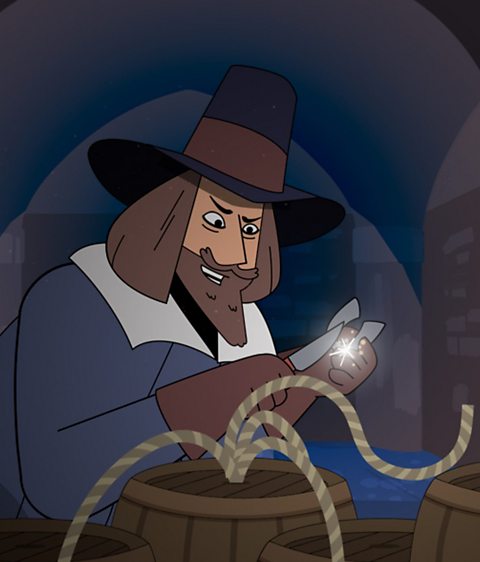
Guy Fawkes was born in April 1570 in York, England. His parents were Protestants but during his childhood Guy converted to Catholicism.
When he was 21 he left England to join the Catholic Spanish army, where he fought in the Eighty Years War.
During his time in the Army he adopted the Italian version of his name and became known as 'Guido'.
What was the Gunpowder Plot?
In 1605 Guy Fawkes joined a group of fellow English Catholics, led by Robert Catesby, in a plot to blow up the Houses of Parliament in order to kill King James I and his Government. Fawkes was responsible for lighting the fuse to the barrels of gunpowder, which they hid under the Houses of Parliament.
Spoiler alert - The plot was unsuccessful and Guy was caught and punished, along with the other conspirators. Guy Fawkes is remembered today because of the failed plot.
The Life of Guy Fawkes through images
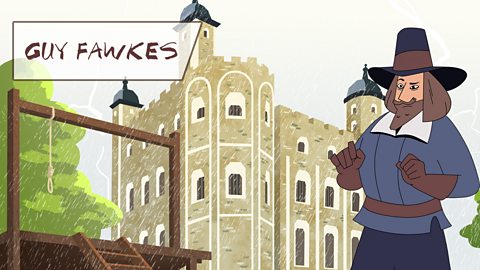
Image caption, Click through the images to explore the life of Guy Fawkes.
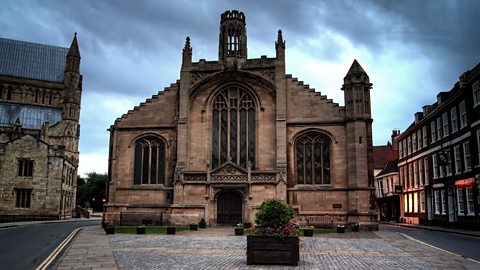
Image caption, Here we see St Michael le Belfrey Church in York. On 14 April 1570, Guy Fawkes was baptised here. During his childhood he was raised as a Protestant. After his father's death his mother remarried to a Catholic man and Guy converted to Catholicism.
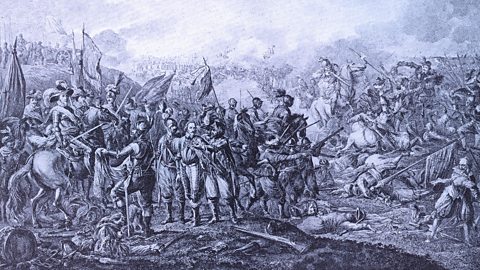
Image caption, By 1595 Guy Fawkes had left England to join the Spanish army, fighting in the 'War of Religion'. During his time in the army he became an expert in explosives.
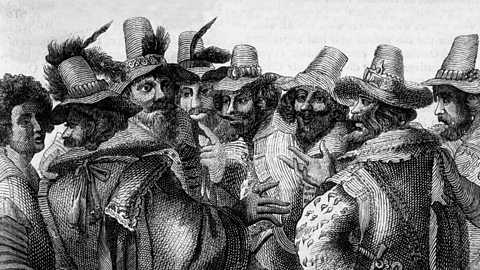
Image caption, After leaving the army, Guy (then known as Guido) visited Brussels where he met a man named Thomas Wintour. Guy was invited to join a plot, under leadership of Robert Catesby, to kill James I. This plot would later become known as the Gunpowder Plot.
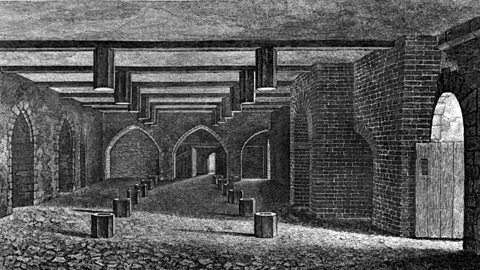
Image caption, Guido Fawkes agreed to join the plot. As an explosives expert, his role was to guard the barrels of gunpowder and, when the time was right, light it up.
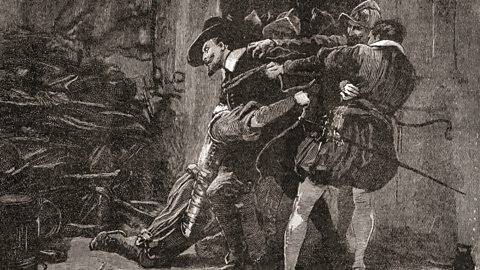
Image caption, On 4 November 1605 the Parliament cellars were searched and Guy Fawkes was found and captured.
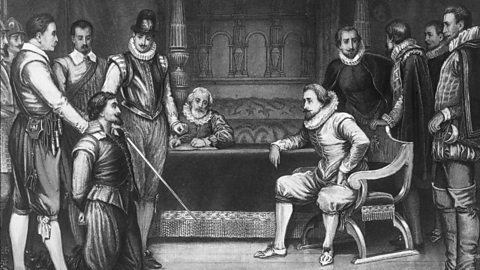
Image caption, The following day, 5 November 1605, Fawkes was questioned. Initially he lied by saying his name was John Johnson. However, after days of torture he confessed and exposed the whole plot. He even gave over the names of all other people involved.
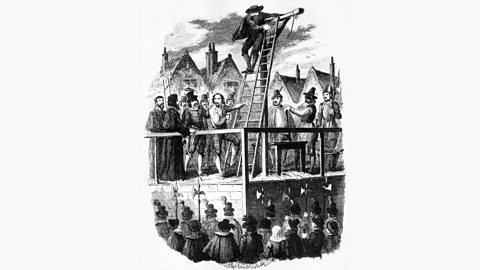
Image caption, Fawkes was sentenced and on 31 January 1606 was taken to the Old Palace Yard in Westminster where he was to be hung, drawn and quartered. To escape the embarrassment of this, it's believed that Fawkes jumped from the gallows, breaking his neck.
1 of 8
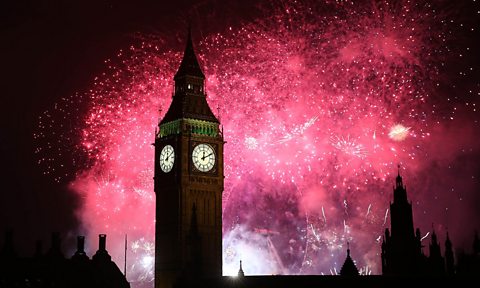
Remember, remember, the fifth of November!
Over four hundred years after the Gunpowder plot, we still remember how Guy Fawkes and his fellow plotters failed to blow up Parliament and kill King James I.
Bonfire night is celebrated every year on 5 November.
Bonfires, fireworks and sparklers are lit in parks and gardens all over the country. Sometimes we even burn a dummy called a ‘Guy’ on the bonfire. This is supposed to represent Guy Fawkes.
Since the Gunpowder Plot, whenever the King or Queen visits Parliament, there is a tradition that the royal bodyguards, called the Yeoman of the Guard, search beneath the Houses of Parliament for any potential plotters hiding explosives.

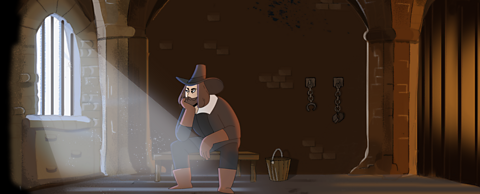
Activity: Quiz – Guy Fawkes
SAT’s preparation resources. activitySAT’s preparation resources
Get ready for the SATs papers with videos, activities, quizzes and games to refresh your knowledge and practise your skills.

More on Famous People
Find out more by working through a topic
- count5 of 6

- count6 of 6

- count1 of 6
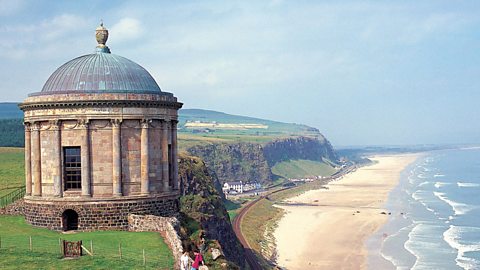
- count2 of 6
